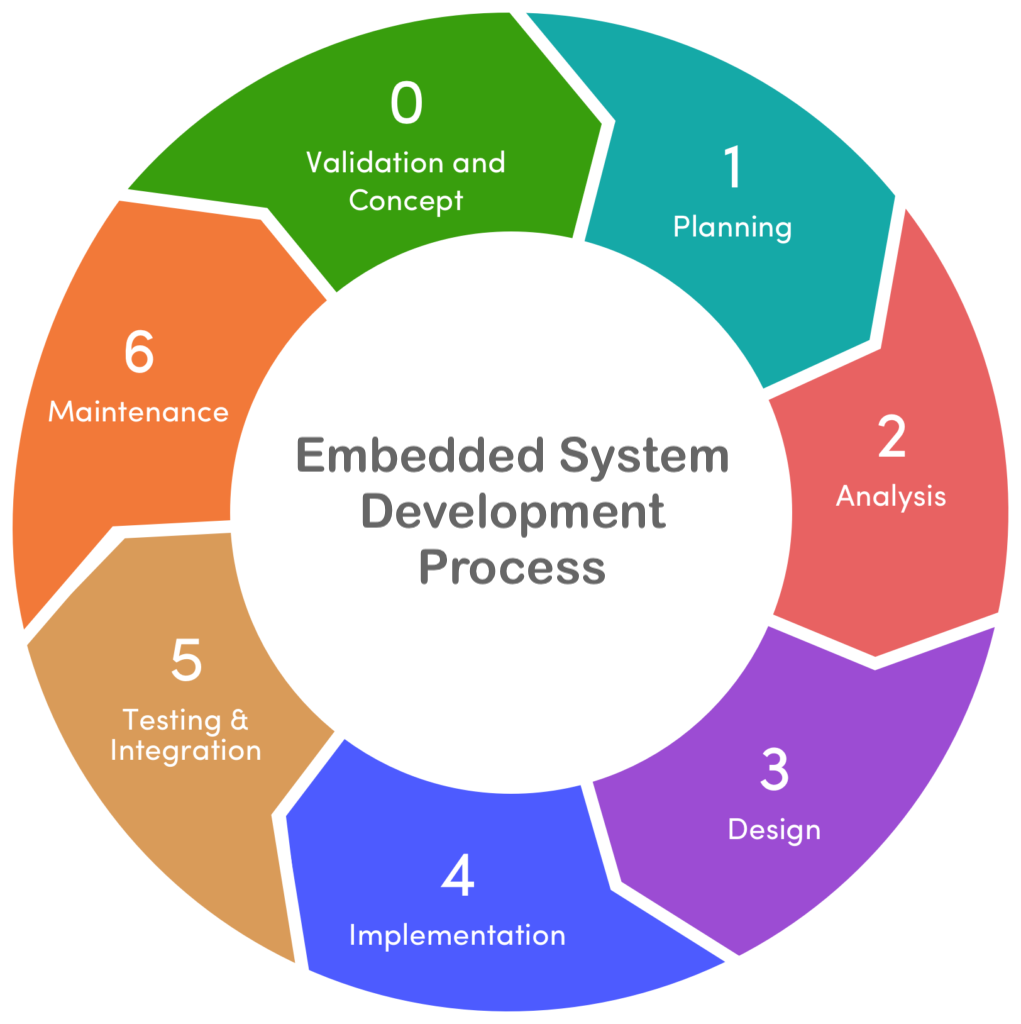Professional Tools for all of your Embedded System’s Development
A shorter time to market, a better quality of the application software and a better productivity by using professional tools. We offer end-to-end product design & test tools in the embedded domain helping the customer to translate ideas into products that can be brought to market faster. From concept to deployment, our tools for embedded devices assist developers through all product development lifecycle of requirement analysis, hardware development, system software, application development and testing.

Debug tools play a very important role in the development of embedded systems and there are multiple solutions available for almost any microprocessor, microcontroller, DSP and SoC application. The tools which are designed around common modules and which are universal and architecture independent.
Debugging
Most modern cores for the embedded market have a debug port, and tools can be connected to this port to control the core, access the data being processed by the core and then debug by single stepping, breaking, tracking values of variables and reading registers and memory. This means developers can diagnose software failures and memory corruption issues and correct the system to make it behave as expected.
Debug and Trace
In many applications it is no longer enough to run a simple test on your code. In markets such as automotive, medical, aerospace and defence, it is increasingly necessary to prove how the code behaved under all possible conditions and in Real-Time. This requires the tools to record the program flow information from the core via the target cores’ integrated trace port. Both long-term and high-speed trace options are supported.
Logic Analyzer
In addition a logic analyzer can be integrated to provide signal trace for logic analysis and protocol analysis as well as correlating power usage to the code operation.
Debugger for Virtual Targets
Development is increasingly being undertaken in simulators. Software-only products can be used for debugging virtual prototypes as well as simulated models.
Programming
Extremely fast, cost-effective device programmers for engineering and production, incl. an extensive line of programming adapters.
Engineering
Programmers providing programming devices “in socket” with programming socket adapters and “in-system” via special cable-adapters. Extremely fast device programmers for engineering will speed up development.
Production
Multi-channel device programmers , also known as ICSPs (In-Circuit Serial Programmers), are intended for programming devices installed on multi-PCB panels boards via special cables or test probes connecting certain points on the boards in different types of automated test equipment (ATE). These fast, reliable, production-grade ICSPs are intended for integration in automated handlers, ICTs and other types of ATE. Multiple units can be cascaded to form a large-scale programming cluster for mass programming multi-board panels. The programmers need to support a wide range of embedded microcontrollers, CPLDs, SPI flash and other memory devices.
